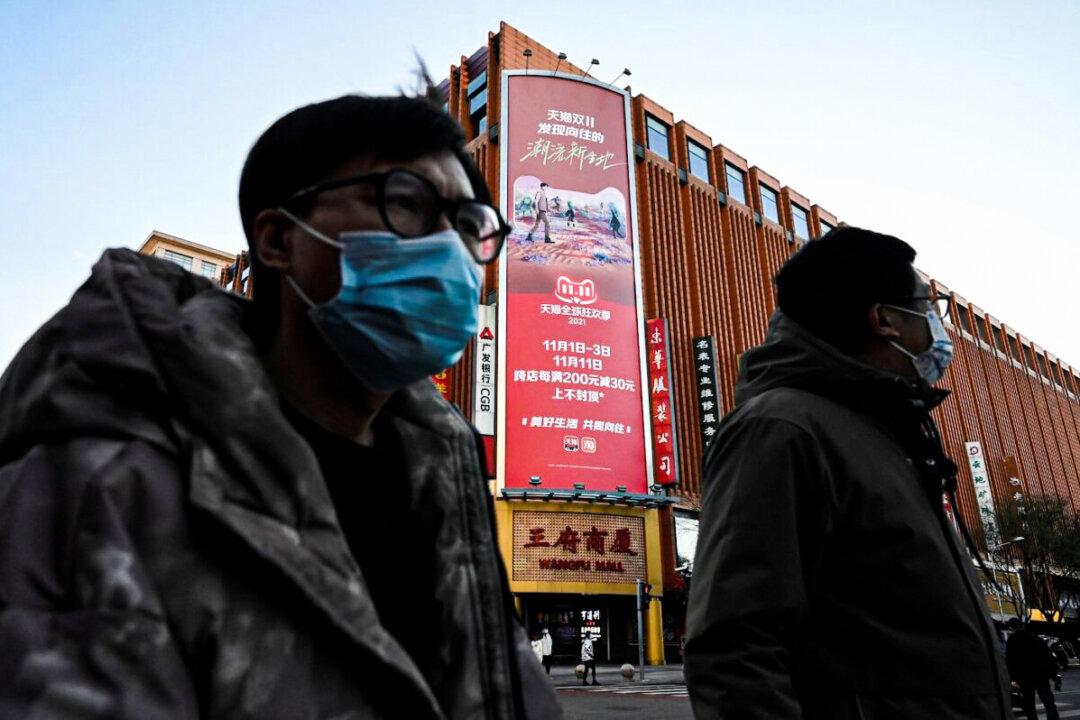As of now, the Chinese Communist Party (CCP) regime has introduced three mixed-ownership reforms (mixed reforms) across 50 experimental state-owned enterprises — termed the second round of public-private partnerships. The 19 experimental companies involved in the first two reforms were directly led by the central government, but the third time was different, as it mainly directed at locally run state-owned enterprises (SOEs). In this reform, private businesses actively sought to merge with the state, and the SOEs received them with open arms.
For both the state and private sectors, the motivation in the new round of public-private partnerships has less to do with its official description of “improving the governance structure and management level of enterprises” and everything to do with the pressures of growing debt.





